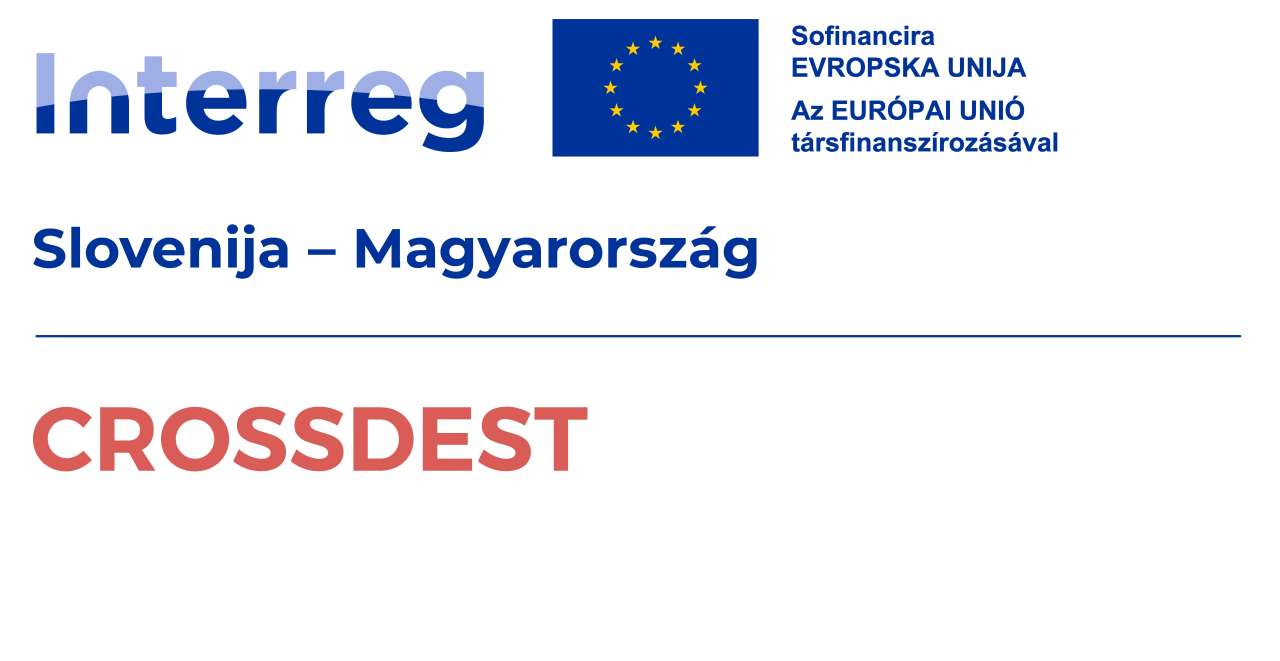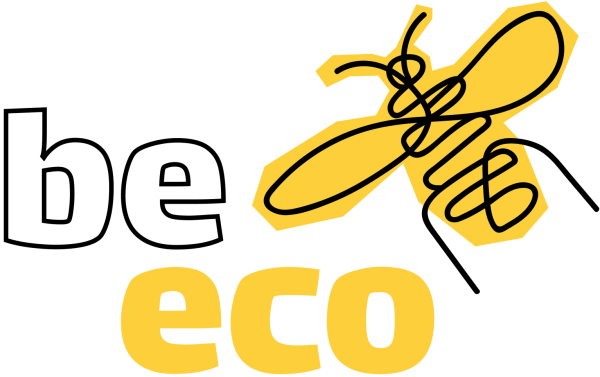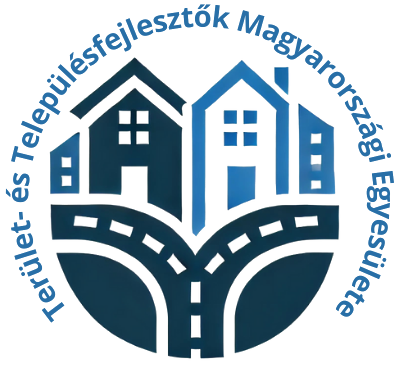Roman-era Ruin Garden
In the Egregy district of Hévíz, one of the most important Roman-era discoveries of the Balaton region was unearthed: a nearly 1,000 m² stone villa built around AD 100. With its columned portico and bathing pools, it reflects the advanced bathing culture of the time. The villa and its surroundings were inhabited for centuries and, after several reconstructions, survived until the early 5th century. Excavations also revealed a Mithras sanctuary, economic buildings, and early coins – all suggesting that the Romans settled near the miraculous lake not only for economic but also for spiritual and medicinal purposes.
- Parking available
More information
The Roman villa uncovered in the Egregy district of Hévíz is one of the most significant archaeological finds in the Balaton region.
Mit hordoz a múlt?
A lelőhely tanúsága szerint a terület már az I. század első felében lakott volt – erről egy Tiberius császár által veretett érme is tanúskodik. A korai időszakban egy gerendaház állt itt, amely valószínűleg az 1. század végén tűzben pusztult el. Helyén a II. század elején egy impozáns, több mint 1000 négyzetméteres kőépületet emeltek, amely meleg, langyos és hideg vizes fürdőmedencékkel, valamint keleti irányban oszlopos tornáccal (porticus) rendelkezett.
Bár a villa urbának vélt épület központi fűtés nyomát nem mutatja, a korszakra jellemző építkezési jegyeket viseli magán. Az épület a II. század vége felé elpusztult, majd a III. században újraépült, új belső elrendezéssel, sőt egy Mithras-szentélyt is kialakítottak benne – ennek oltárköve is előkerült a feltárás során. A IV. században ismét romba dőlt, de újra felépült, mígnem az V. század elején végleg elpusztult. A komplexum funkciója az idők során változott – az utolsó időszakban valószínűleg gazdasági célokat szolgált.
A lakóépülettől nyugatra a villához tartozó gazdasági egységek maradványait is megtalálták, így valószínűsíthető, hogy egy teljes villagazdaság működött itt. A Hévíz környékén előkerült további leletek – mint a tó közelében talált Jupiter-oltárkő vagy a búvárok által feltárt római pénzérmék – egyértelműen arra utalnak, hogy a rómaiak már ekkor felfedezték a tó gyógyító erejét, és ez is hozzájárult a terület hosszú távú lakottságához.
Látnivalók a Romkert környékén
Flavius és dajkája – a tó legendája
A szobor Flavius Theodosiust, a Római Birodalom utolsó császárát ábrázolja dajkájával, aki imáival kérte Szűz Máriát beteges pártfogoltja gyógyulásáért. A legenda szerint imái nyomán gyógyforrás fakadt, melynek vizében Flavius megerősödött – és így vált belőle uralkodó. A szobor Farkas Ferenc munkája (2015), a Hévízi-tó legendájának állít emléket.
Száraz Kneipp-taposó – séta a múltban
A romkertben kialakított Kneipp-taposó a föld alatt húzódó római falak nyomvonalát követi. A mezítlábas séta különböző felületeken – kavicson, fán, zúzalékon – nemcsak felfrissít, de természetes masszázst is nyújt, serkentve a vérkeringést és a reflexzónákon keresztül az egész szervezetet.
Az otthon kapuja – kutyaszobor és római ajtó
A szoboregyüttes egy római kori lakóház ajtaját és egy méltóságteljes, gránitból faragott kutyát ábrázol. A „vigyázz a kutyával” római megfelelője („cave canem”) gyakori bejárati motívum volt Pompejiben is. Az alkotás egyszerre utal múlt és jelen kapcsolatára.
Őzike – egy rejtélyes kis bronzfigura
Az apró őzike egy IV. századi lelet alapján készült el. Az eredeti 2 cm-es bronzfigura Hévíz környékén került elő, és valószínűleg sírmellékletként szolgált. A mostani szobrot Farkas Ferenc készítette.
Római katonasír – a föld mélyének titka
A teljes épségben fennmaradt téglasír 1925-ben került elő. A sírból római pénzérmék, bronzcsatok és egy katona csontváza került elő. A leletek a Balatoni Múzeumba kerültek, a sír helyben megtekinthető.
Egregyi Múzeum – múlt és jelen találkozása
A korábbi asztalosműhely helyén létrehozott múzeumban 2015 óta láthatók időszaki és tematikus kiállítások, köztük Hévíz több ezer éves múltját bemutató tárlatok is.
Target group
-
Families with younger children
-
Class trips
-
Multigenerational programs
-
Adult-friendly
-
Friends
-
Seniors
-
Families with older children
Other services
Sights, programs
AllParking information
- Free outdoor parking available





